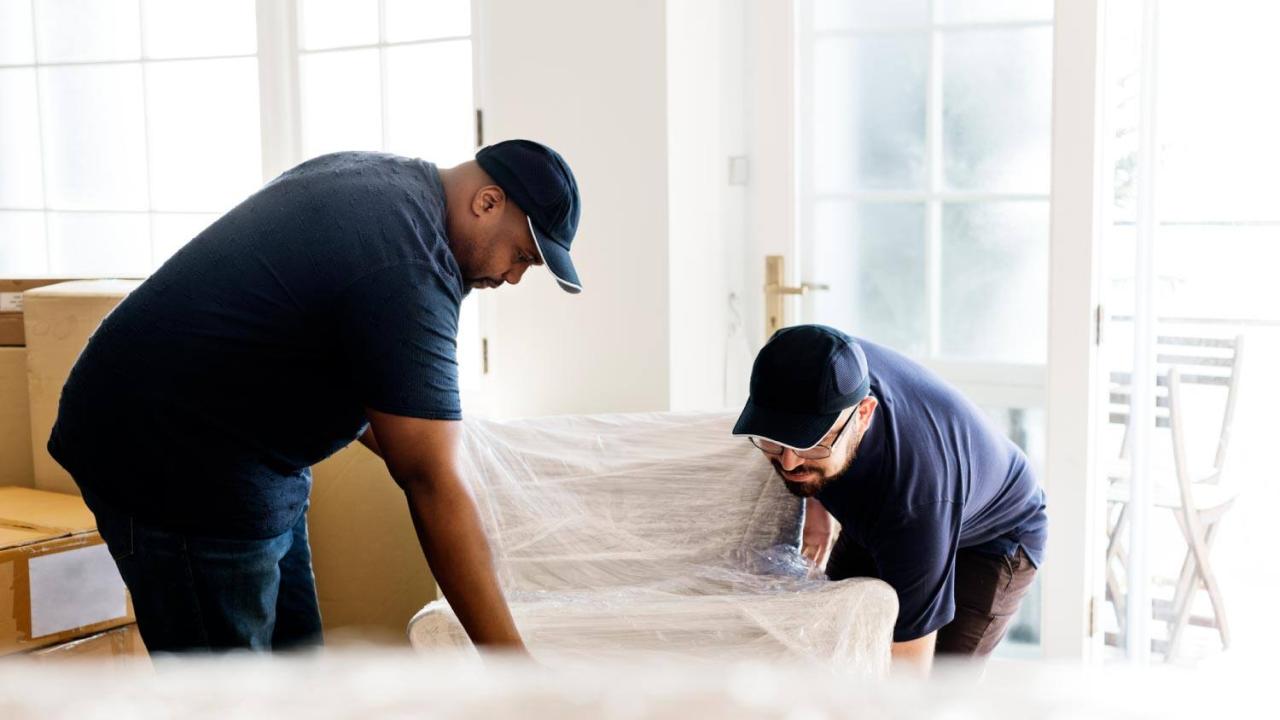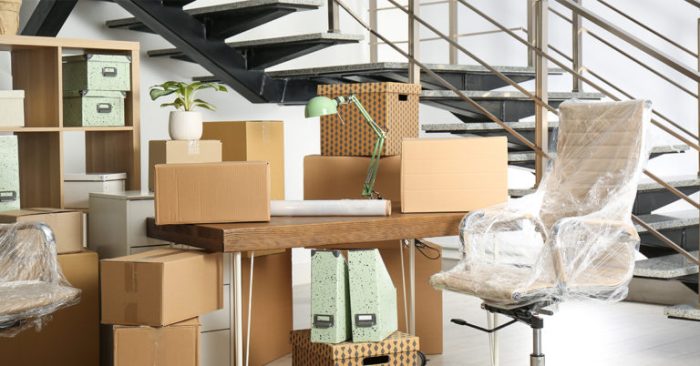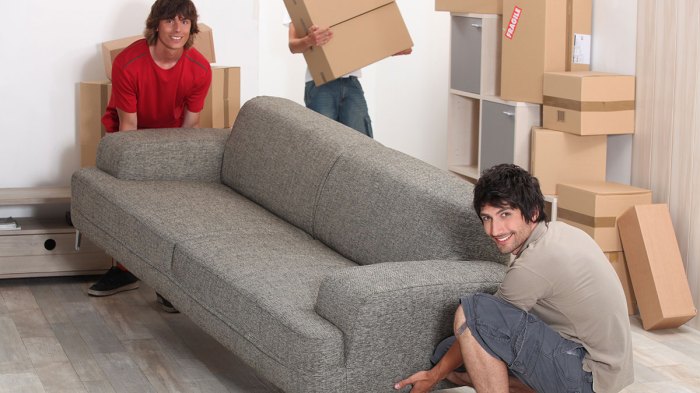Need help moving furniture – Moving furniture can be a daunting task, but it doesn’t have to be. With the right preparation and know-how, you can get the job done safely and efficiently. In this guide, we’ll cover everything you need to know about moving furniture, from preparing your furniture to hiring professional movers and everything in between.
Whether you’re moving across town or just down the street, our comprehensive guide will help you every step of the way.
Moving furniture
Moving furniture can be a daunting task, but it doesn’t have to be. By following a few simple tips, you can make the process go smoothly and avoid any injuries.
The first step is to prepare your furniture for the move. This means removing all loose items, such as cushions and pillows, and securing any drawers or doors with tape. You should also wrap any fragile items in bubble wrap or packing paper.
If you’re seeking assistance with furniture relocation, consider haverty’s furniture . Their experienced professionals provide seamless and efficient moving services, ensuring your furniture arrives at its destination without any hassle. They handle everything from packing to transportation, so you can relax and focus on other important matters.
Lifting and carrying heavy furniture
When lifting heavy furniture, it’s important to use proper technique to avoid injury. First, bend your knees and lift with your legs, not your back. Keep your back straight and your head up. If the furniture is too heavy to lift on your own, ask for help from a friend or family member.
When carrying furniture, be sure to hold it close to your body and keep your back straight. Avoid twisting or turning your body while carrying furniture, as this can put strain on your back.
By following these tips, you can make moving furniture a safe and easy process.
Hiring professional movers
Hiring professional movers can be a great way to save time and effort when moving to a new home. However, it is important to do your research before hiring a moving company, as there are many factors to consider, such as the cost, the reliability of the company, and the level of service you need.
One of the main benefits of hiring professional movers is that they can save you a lot of time and effort. Moving can be a very stressful and time-consuming process, and hiring movers can free up your time so that you can focus on other things, such as packing and getting settled into your new home.
Another benefit of hiring professional movers is that they can help you to protect your belongings. Movers are trained to handle furniture and other belongings carefully, and they will take the necessary precautions to ensure that your belongings are not damaged during the move.
Finding and hiring reliable movers
When hiring a moving company, it is important to do your research and find a reputable company that you can trust. There are a few things you can do to find a reliable moving company, such as:
- Get referrals from friends or family members who have recently moved.
- Read online reviews of different moving companies.
- Contact the Better Business Bureau to see if there are any complaints against the company.
Once you have found a few reputable moving companies, you can start to compare prices and services. Be sure to get a written estimate from each company before you make a decision.
Negotiating prices and avoiding hidden costs, Need help moving furniture
When negotiating prices with a moving company, it is important to be clear about what services you need and what you are willing to pay. Be sure to get a written estimate that includes all of the costs, including the cost of packing, loading, transportation, and unloading.
It is also important to be aware of hidden costs that may not be included in the initial estimate. These costs can include things such as fuel surcharges, tolls, and extra charges for heavy or bulky items.
By following these tips, you can find a reliable moving company that can help you to make your move as easy and stress-free as possible.
Packing and loading

Moving furniture requires careful planning and execution to prevent damage and ensure a smooth move. Proper packing and loading techniques are essential for protecting your belongings and maximizing space utilization.
Packing furniture
To pack furniture effectively, consider the following best practices:
- Disassemble furniture:If possible, disassemble furniture into smaller components for easier handling and packing.
- Use sturdy boxes:Choose boxes made of durable cardboard that can withstand the weight of your furniture.
- Wrap furniture in protective materials:Wrap furniture in bubble wrap, packing paper, or moving blankets to protect against scratches and dents.
- Fill empty spaces:Fill any empty spaces in boxes with crumpled paper or foam peanuts to prevent items from shifting during transport.
- Label boxes clearly:Label boxes with the contents and the room they belong to for easy identification at your new home.
Loading furniture
Efficiently loading furniture into a moving truck or trailer is crucial to prevent damage and maximize space. Here’s how:
- Plan the layout:Plan the layout of furniture inside the truck to minimize shifting and maximize space utilization.
- Load heavy items first:Place heavy items, such as appliances and furniture, at the bottom of the truck for stability.
- Secure furniture with straps:Use straps or bungee cords to secure furniture in place and prevent movement during transport.
- Fill empty spaces:Fill empty spaces with boxes or packing materials to prevent items from shifting.
- Protect furniture from moisture:Cover furniture with plastic wrap or tarps to protect against moisture and dust during transport.
Packing materials comparison
Choose the right packing materials for your furniture based on their specific needs. Here’s a comparison of different materials and their uses:
| Material | Uses |
|---|---|
| Bubble wrap | Protect fragile items from scratches and dents |
| Packing paper | Wrap furniture to provide cushioning and protection |
| Moving blankets | Provide heavy-duty protection for furniture and appliances |
| Foam peanuts | Fill empty spaces in boxes to prevent shifting |
| Plastic wrap | Cover furniture to protect against moisture and dust |
Unloading and unpacking: Need Help Moving Furniture

Once the furniture has been transported to the new location, it is time to unload and unpack it. This can be a daunting task, but with a little planning and preparation, it can be done efficiently and without damage to the furniture.
Need help moving furniture? Check out the furniture stores in Murphy, NC to find the perfect pieces for your new home. With a wide variety of styles and prices to choose from, you’re sure to find the perfect furniture to fit your needs and budget.
Once you’ve found the perfect furniture, our team of experienced movers can help you get it moved into your new home quickly and easily.
The first step is to create a plan for unloading the furniture. This will help to ensure that the furniture is unloaded in the correct order and that it is placed in the desired location.
Step-by-step guide to unloading and unpacking furniture
- Unload the furniture in the correct order.Start by unloading the heaviest and most fragile pieces of furniture first. This will help to prevent damage to the furniture and to the floor.
- Place the furniture in the desired location.Once the furniture has been unloaded, it is important to place it in the desired location. This will help to avoid having to move the furniture multiple times.
- Unpack the furniture.Once the furniture has been placed in the desired location, it is time to unpack it. Start by unpacking the essential items first, such as bedding and toiletries. Then, unpack the remaining items at your leisure.
- Dispose of the packing materials.Once the furniture has been unpacked, it is important to dispose of the packing materials. This will help to keep the new home clean and organized.
Tips on organizing and arranging furniture in the new space
Once the furniture has been unloaded and unpacked, it is time to organize and arrange it in the new space. This can be a fun and creative process, but it is also important to be practical.
Here are a few tips for organizing and arranging furniture in the new space:
- Start by creating a floor plan.This will help you to visualize the layout of the new space and to determine the best way to arrange the furniture.
- Consider the flow of traffic.Make sure that the furniture is arranged in a way that allows for easy movement around the room.
- Use furniture to create focal points.This can be done by placing a large piece of furniture, such as a sofa or a bookcase, in a prominent location.
- Accessorize with plants and artwork.This can help to add personality and style to the new space.
Moving furniture safely
Moving furniture can be a daunting task, but it doesn’t have to be dangerous. By taking some simple precautions, you can help prevent accidents and injuries.
One of the most important things to do is to identify the common hazards associated with moving furniture. These include:
- Heavy lifting: Lifting heavy furniture can put a strain on your back, neck, and shoulders. It’s important to use proper lifting techniques to avoid injury.
- Awkward angles: Moving furniture around corners or through narrow doorways can be difficult and can lead to accidents. Be sure to plan your route ahead of time and take your time.
- Slippery surfaces: Moving furniture on slippery surfaces can be dangerous. Be sure to wear shoes with good traction and be careful not to slip.
- Unstable furniture: Moving unstable furniture can be dangerous. Be sure to check the furniture for any loose parts or damage before moving it.
By taking some simple precautions, you can help prevent accidents and injuries when moving furniture. Here are some tips:
- Use proper lifting techniques. When lifting heavy furniture, bend your knees and lift with your legs, not your back. Keep your back straight and your head up.
- Plan your route ahead of time. Before moving furniture, take a look at your route and identify any potential hazards. Be sure to clear any obstacles out of the way.
- Wear shoes with good traction. When moving furniture on slippery surfaces, be sure to wear shoes with good traction to prevent slipping.
- Check the furniture for any loose parts or damage. Before moving furniture, be sure to check it for any loose parts or damage. If you find any loose parts, tighten them before moving the furniture. If you find any damage, do not move the furniture until it has been repaired.
Need help moving furniture? Whether you’re moving into a new home or just rearranging your current one, finding reliable furniture removal services can be a hassle. Look no further than furniture removal nyc for professional and efficient furniture moving solutions.
They will ensure your furniture is handled with care and transported safely to its new destination, making your move a breeze.
By following these tips, you can help prevent accidents and injuries when moving furniture.
Safety measures for different types of furniture
Different types of furniture require different safety measures when moving. Here is a table outlining some safety measures for different types of furniture:
| Type of furniture | Safety measures |
|---|---|
| Heavy furniture | Use proper lifting techniques. Get help from someone else if necessary. Use a furniture dolly or hand truck to move heavy furniture. |
| Awkward furniture | Plan your route ahead of time. Be careful when moving furniture around corners or through narrow doorways. Use a furniture dolly or hand truck to move awkward furniture. |
| Slippery furniture | Wear shoes with good traction. Be careful when moving furniture on slippery surfaces. Use a furniture dolly or hand truck to move slippery furniture. |
| Unstable furniture | Check the furniture for any loose parts or damage before moving it. Do not move unstable furniture until it has been repaired. |
Additional resources
To enhance your understanding of furniture moving, consider exploring the following resources:
Recommended websites
- American Moving & Storage Association (AMSA): www.moving.org
- Moving.com: www.moving.com
- Angie’s List: www.angieslist.com
Books
- The Complete Idiot’s Guide to Moving by Erin Huffstetler
- Move Like a Pro: The Insiders’ Guide to Stress-Free Moving by Stefan C. Schirm
Videos
- How to Move Furniture Like a Pro: www.youtube.com/watch?v=h0W3_bc00p4
- 10 Tips for Moving Furniture Safely: www.bobvila.com/articles/how-to-move-furniture/
Flowchart
Visualize the furniture moving process with this flowchart:
[Flowchart illustrating the process of moving furniture from start to finish]
Closing Notes

Moving furniture doesn’t have to be a headache. By following the tips and advice in this guide, you can make your move a breeze. So what are you waiting for? Get started today!
Commonly Asked Questions
How can I prepare my furniture for a move?
To prepare your furniture for a move, you should first disassemble any pieces that can be taken apart. This will make them easier to move and pack. You should also wrap all of your furniture in protective materials, such as bubble wrap or moving blankets.
This will help to prevent damage during the move.
How can I find and hire reliable movers?
To find and hire reliable movers, you should start by getting recommendations from friends or family. You can also check online reviews of different moving companies. Once you have a few companies in mind, you should get quotes from each one.
Be sure to compare the prices, services, and availability of each company before making a decision.
How can I pack my furniture for a move?
To pack your furniture for a move, you should start by wrapping all of your furniture in protective materials, such as bubble wrap or moving blankets. You should then place your furniture in sturdy boxes or crates. Be sure to fill any empty spaces in the boxes with packing materials to prevent your furniture from moving around during the move.
How can I unload and unpack my furniture at my new home?
To unload and unpack your furniture at your new home, you should first carefully remove all of the packing materials. You should then place your furniture in its desired location. Be sure to inspect your furniture for any damage before placing it in its final location.